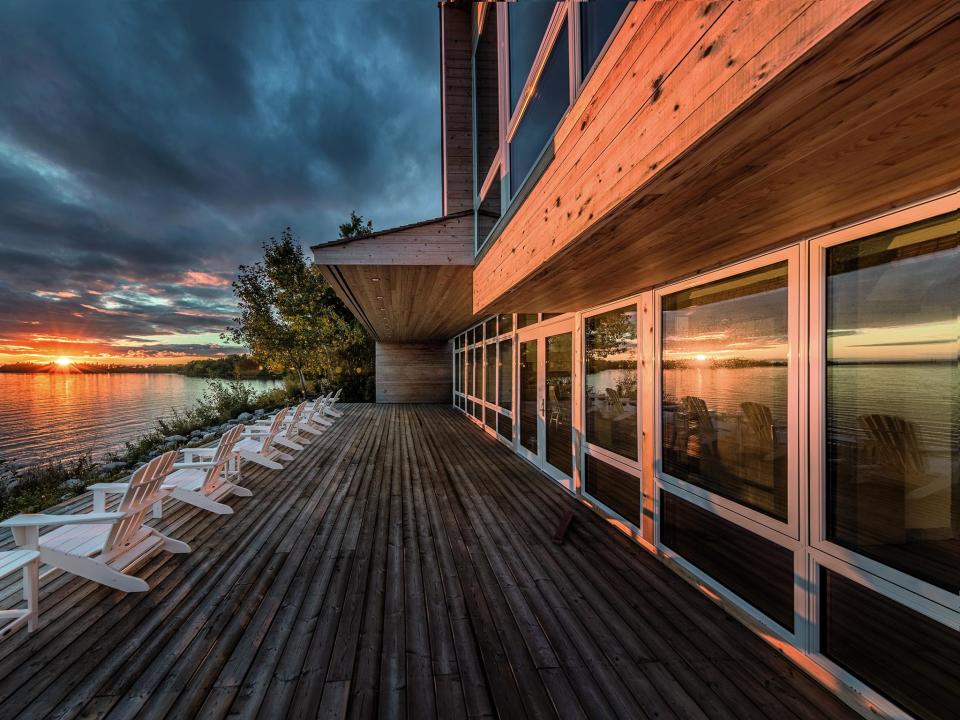Living on Water: How architecture is shaped by the coast

Water provides a sense of calm and serenity for those who live close to it, but its unpredictable nature can provide difficulties in house building. Architects must work cleverly with the elements, and local communities to build structures that make the most of, but don't negatively impact the local environment.
Coastal communities are complex and vibrant, and designers try to interpret the relationship between people and the sea in new ways when building homes. Dalton House, built by architect Alberto Morell Sixto in Kilifi, Kenya is built over coral cliffs facing the Indian Ocean, and screams monolithic modernity – clean white lines reveal the sea view slowly to dwellers.
While the house stands out from its neighbours, it also pays tribute to them. The walls are finished with a local stucco called Lamu, and the wooden doors and frames carved in the geometric style of many of the wooden Muslim buildings in the Swahili area.
Building on Australia's famous Great Ocean Road on the other hand, doesn't give access to the same historical architecture to draw inspiration from. The Pole House by F2 Architecture instead chooses to give the landscape centre-stage, perching on a 13m high pylon driven into the cliff to give 360 degree views of the surrounding ocean.
Advancements in engineering have created some amazing coast-side structures – The House on the Cliff, built by young architect firm GilBartolome on the coast of Granada in Spain is an example of how technology has adapted. Built on a steep 42 degree cliff, the house is designed to integrate and fit to the landscape and direct all spaces towards the sea – the wave-resembling roof has a double function, allowing air to permeate throughout the building and keep it cool.
Its not only homes being reinvented by their waterside surroundings, The Manshausen Island Resort in Norway by Stinessen Arkitektur, is a hotel directly inspired by the nautical heritage of the Steigen Archipelago in which it is situated, and its owner – Norweigian polar explorer Børge Ousland. The resort is built up of cabins, to provide seclusion and sea views (Steigan is one of the best places in the world to view the Northern Lights) to visitors, each cabin is designed in an asymmetrical manner to deflect the powerful northern winds.
For homes stranger than fiction, we can look to our own shores; The Exbury Egg made in partnership from PAD studio, SPUD group and Stephen Turner reimagines riverside living, with a water-tight wooden home, that can be moved freely from location to location with help from a boat. Currently "in residency" in the Beaulieu Estuary, Hampshire – the 6m long and 2.3m wide the project aims to find ways to live comfortably while doing little to impact the environment.

All these homes and more feature in book Living on Water, looking at structures from around the world, including a glazed pavilion in Helsinki, Finland and a circular fortress shaped villa in Los Vilos, Chile, this international survey is a stylish tool for those looking to discover innovative ways to intertwine water and architecture.
Living on Water is available in hardback at uk.phaidon.com/store/architecture/living-on-water-9780714875729/

 Yahoo Finance
Yahoo Finance 